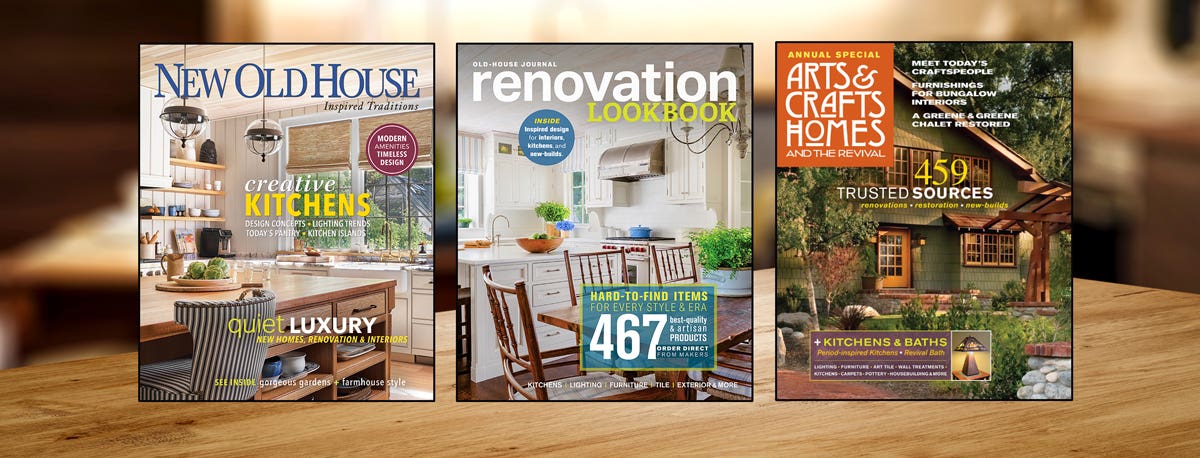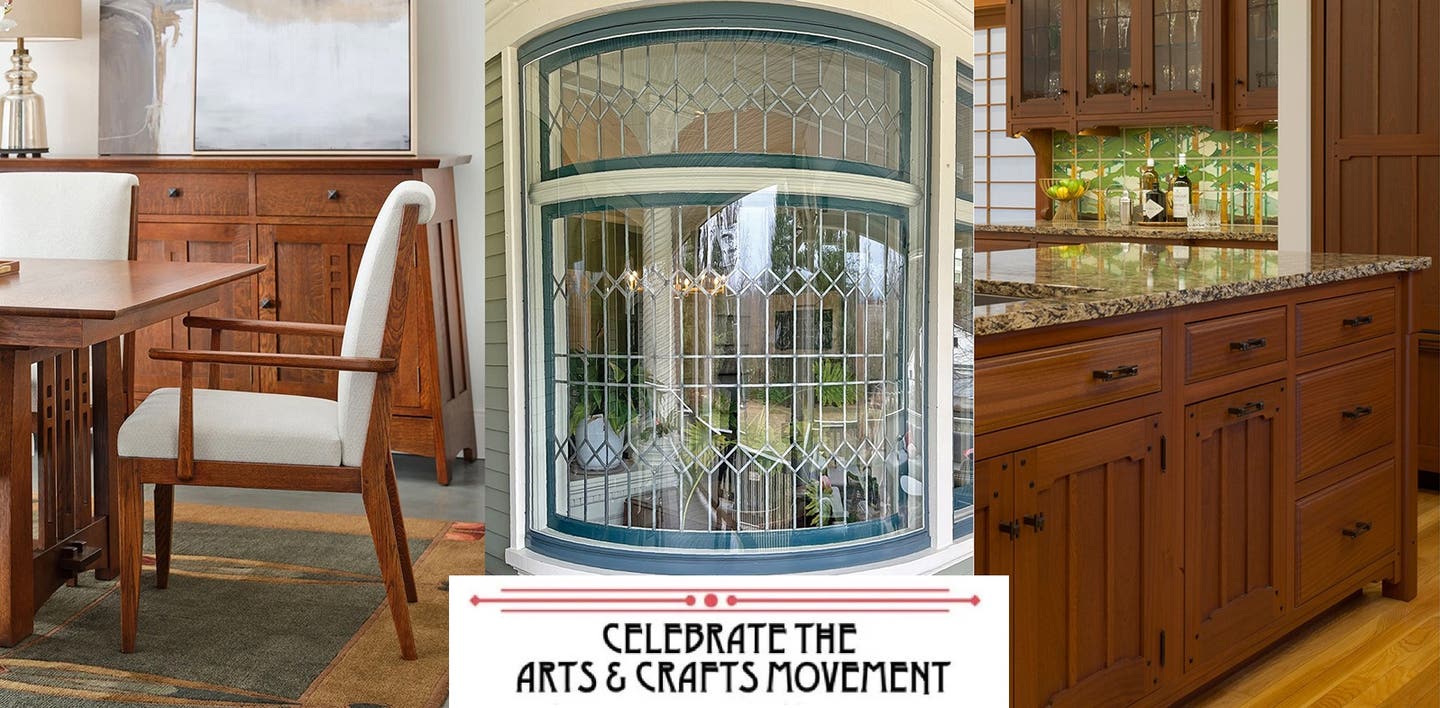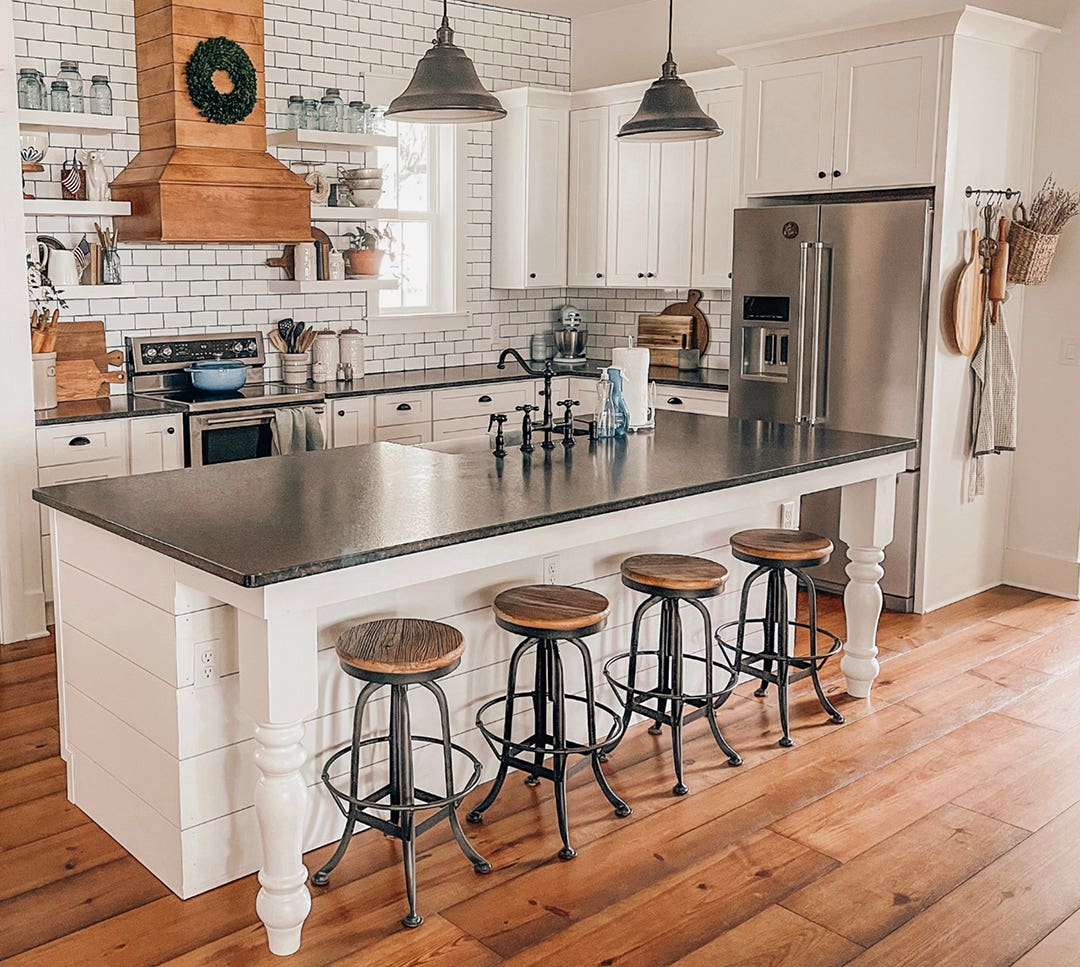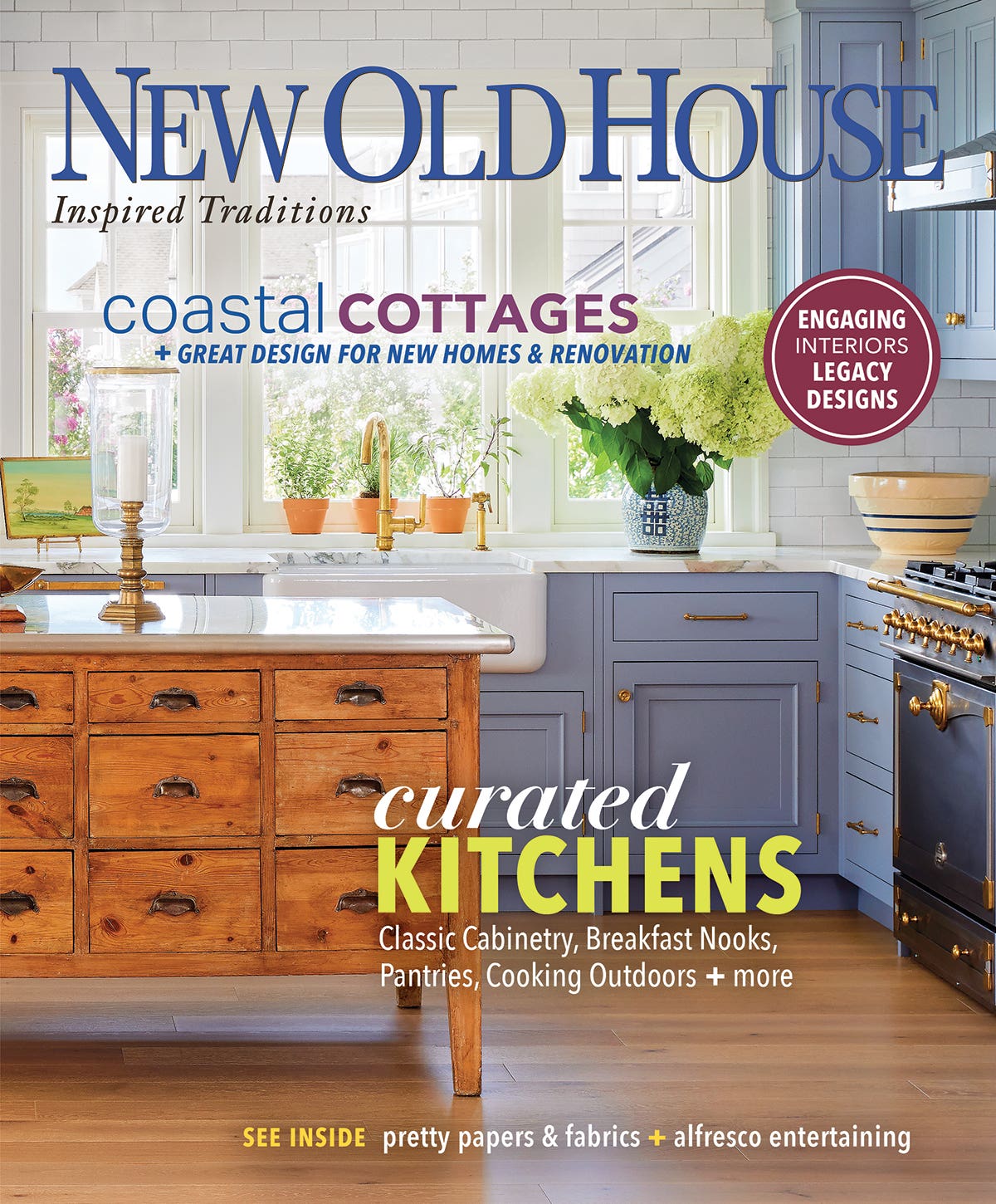Not Enough Bungalows!
A Note from the Editor: That’s my only complaint about living in New England. (Yes, I like the weather.) The Arts & Crafts movement flourished here, but it was an…
A Note from the Editor:
That’s my only complaint about living in New England. (Yes, I like the weather.) The Arts & Crafts movement flourished here, but it was an earlier wave and carried an English flavor. In the 19th century, Morris & Co. goods were sold in Boston, where the Society of Arts and Crafts was founded in 1897. (SAC is strong to this day.)
Sure, Shingle Style houses had art-movement leanings and often a touch of the exotic. My own house is a kind of Arts & Crafts Tudorbethan built in 1904 (but the porch is more Colonial Revival than bungalesque). Nearby, I can stroll through a mini-neighborhood of Craftsman-influenced houses built ca. 1906–1920. A few are all pointy gables and stucco; some have exposed rafter tails and other telltale signs.
But these are not bungalows! On Cape Ann, we have only a small handful of true bungalows—those artistic, one-story houses of the period. Our architectural landscape is heavily layered: more than a few Saltboxes, plain Georgians, so many Greek Revivals (a type that bloomed here through the 1880s), folk Victorians, now and then a ranch. Therefore, the occasional Arts & Crafts bungalow is startling—when I first moved here, I’d brake for one. They are likely to be very nice, as they were statements by the original owners. Some were built with stones made round by the sea.
Subscribe to Arts & Crafts Homes, or pick up an issue at your favorite bookstore or newsstand. Order back issues through the Old-House Bookstore or call (800) 850-7279.
I’m a bungalow gourmand in New England, so rarely do I get a full helping. That scarcity has made me highly attuned to subtle features in houses of the period. I’m briefly aglow with satisfaction when I see a detail previously overlooked—a little window bumped out of a shingled wall, for example, self-important with its own little roof and rafters and carved brackets. So, as you can imagine, I’d experience sensory overload plunked down in parts of Seattle and Portland, Pasadena and Tampa, Berwyn and St. Paul. If you see me in a bungalow neighborhood, take away my car keys. I’d better walk.
Patricia Poore,Editor
ppoore@homebuyerpubs.com
10 Harbor Rd., Gloucester, MA 01930
Patricia Poore is Editor-in-chief of Old House Journal and Arts & Crafts Homes, as well as editorial director at Active Interest Media’s Home Group, overseeing New Old House, Traditional Building, and special-interest publications.
Poore joined Old House Journal when it was a Brooklyn-brownstoner newsletter in the late 1970s. She became owner and publisher and, except for the years 2002–2013, has been its editor. Poore founded the magazines Old-House Interiors (1995–2013) and Early Homes (2004–2017); their content is now available online and folded into Old-House Journal’s wider coverage. Poore also created GARBAGE magazine (1989–1994), the first unaffiliated environmental consumer magazine.
Poore has participated, hands-on, in several restorations, including her own homes: a 1911 brownstone in Park Slope, Brooklyn, and a 1904 Tudor–Shingle Style house in Gloucester, Massachusetts, where she brought up her boys and their wonderful dogs.







